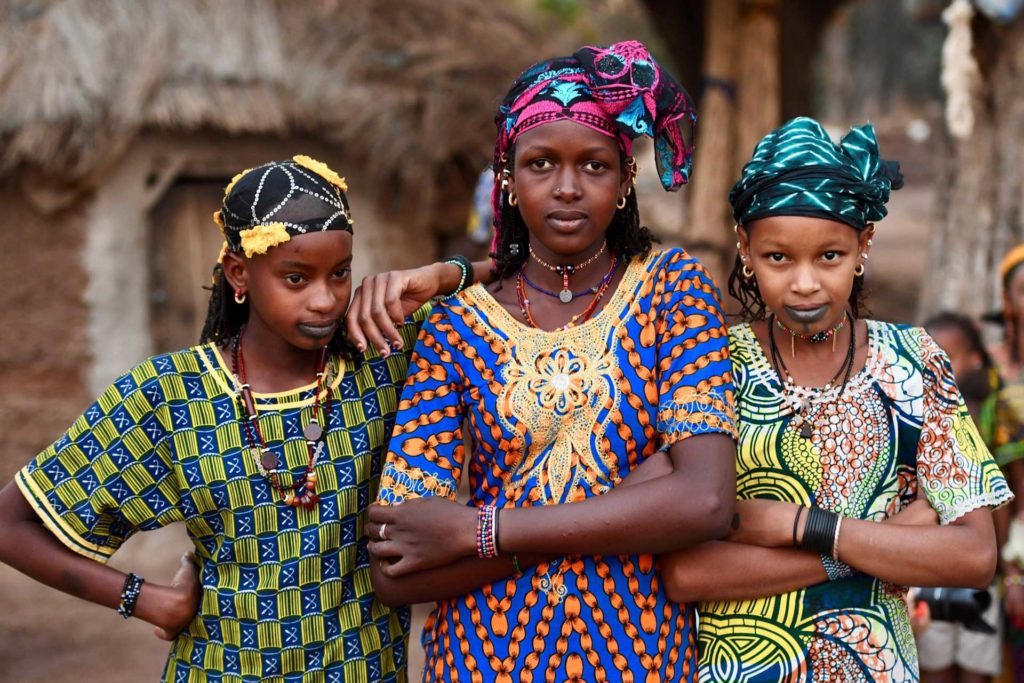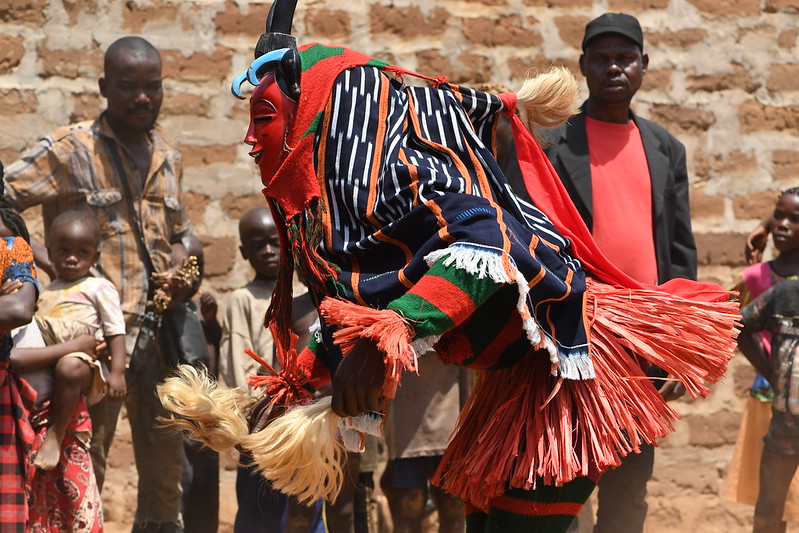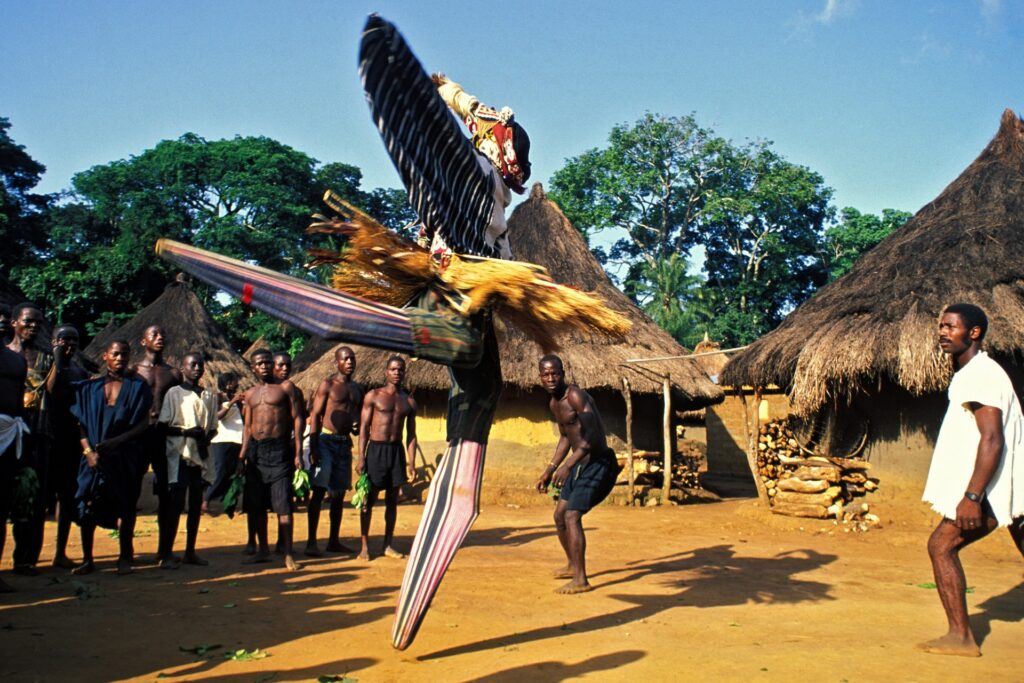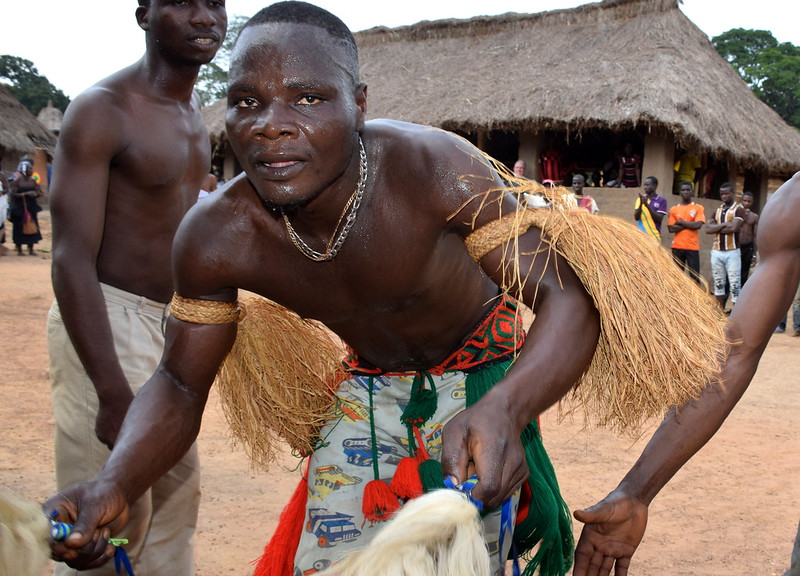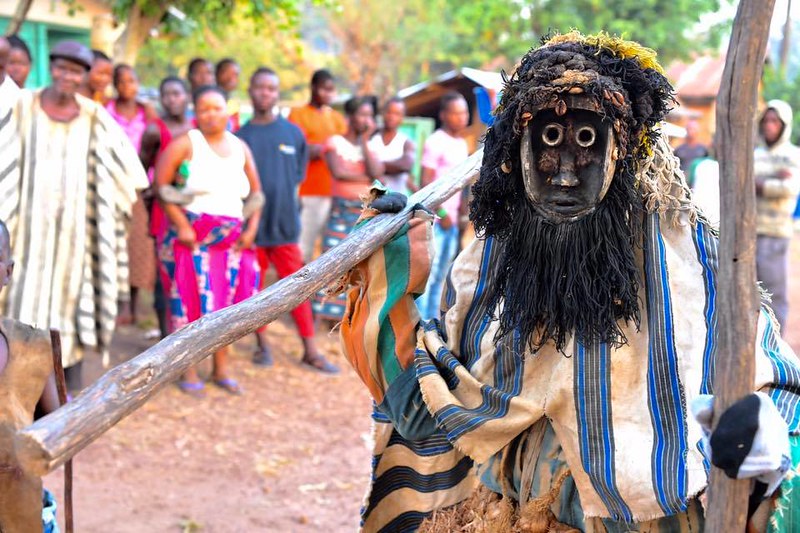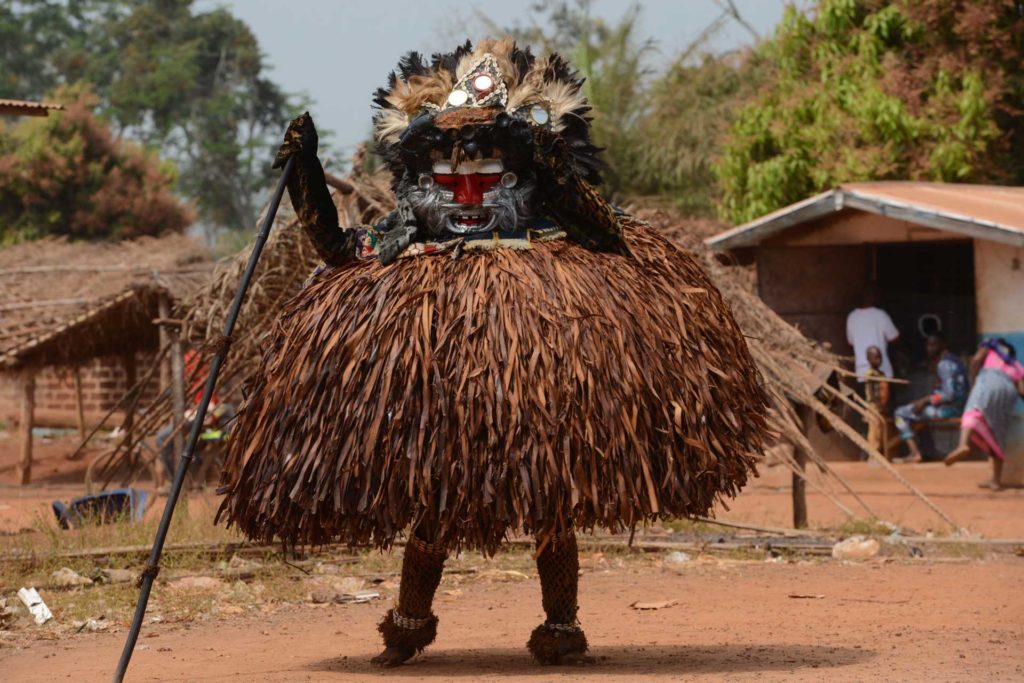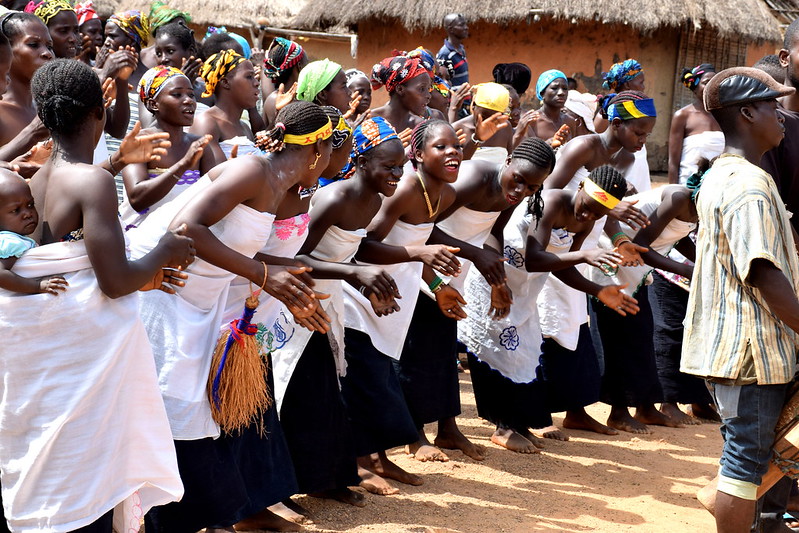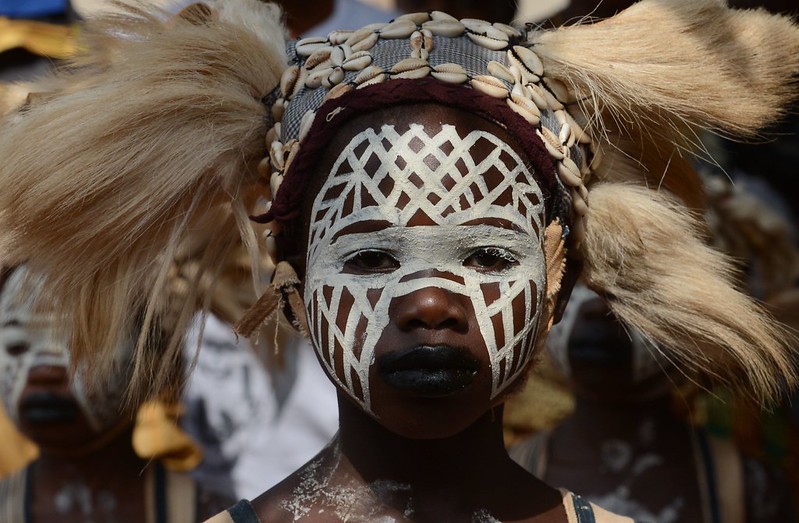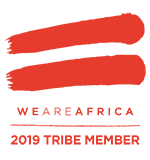REPUBLIC OF IVORY COAST
Area: 322.463 km2
Population: 27.481.086 (July 2020 est.)
Life expectancy: about 61 years
Capital: Yamoussoukro. The economic capital: Abidjan
Borders: to the west by Liberia and Guinea, to the north by Mali and Burkina Faso, to the east by Ghana and to the south by the Gulf of Guinea.
Ethnic groups: Akan 28.9%, Voltaique or Gur 16.1%, Northern Mande 14.5%, Kru 8.5%, Southern Mande 6.9%, unspecified 0.9%, non-Ivoirian 24.2% (2014 est.)
Religion: Muslim 42.9%, Christian 33.9%, animist 3.6%, other religion 0.5%, none 19.1% (2014 est.)
Languages: French (official), 60 native dialects of which Dioula is the most widely spoken
Vaccinations: Yellow fever, compulsory; Malaria prophylaxis, highly recommended
Visa: entry visa is required and needs to be obtained before travelling. It is possible to obtain an E-visa authorisation directly online at http://snedai.com/e-visa/;
N.B. the online visa is valid only if you arrive through Abidjan international airport.
If you enter the country via land borders, you must obtain a visa through the Embassy or Consulate.
TERRITORY, CLIMATE AND SEASONS
The country is made up of four natural regions.
1. The coastal fringe consists of a strip of land, no more than 40 miles (64 km) wide, dotted with lagoons in its eastern half. Access from the sea is made difficult by the surf and a long underwater sandbar.
2. Behind the coastal fringe is the equatorial forest area which up until a century ago formed a continuous area more than 125 miles (200 km) wide. It has now been reduced to an area of roughly triangular shape, with the apex a little north of Abidjan and with the base located along the Liberian border.
3. The cultivated woodland area, located east of this triangle, consists of partially cleared forest land for plantations, mainly along the border with Ghana and in the area around Bouaké.
4. The fourth region, the northern savannah, consists of a sparsely populated plateau, which offers open land favorable to livestock farming.
The climate types of the equatorial and southern savannah prevail.
North of about 8 ° N latitude, the type of climate of the southern savannah occurs, characterized by the wind known as harmattan, which blows from the northeast starting in December and ending in February. The dry season lasts from November to March. There is only one rainy season from April to October. The northern region is drier than the rest of the country.
South of latitude 8 ° N, there are two rainy seasons. Rain falls largely from May to July and to a lesser extent in October and November.
HISTORY
1842 France imposes the protectorate on the coastal area.
1893 The Ivory Coast becomes a colony.
1904 The Ivory Coast becomes part of the French Federation of West Africa.
1944 Felix Houphouet-Boigny, who later became the first president of the Ivory Coast, founds a union of African farmers, which develops into the inter-territorial African Democratic Rally and its Ivorian section, the Democratic Party of the Cote d’Ivoire
1960 France grants independence under President Felix Houphouet-Boigny who holds power until his death in 1993.
1990 The opposition parties are legalized; Houphouet-Boigny wins the first multi-party presidential elections, beating Laurent Gbagbo of the Ivorian Popular Front.
1993 Henri Konan Bedie becomes president after Houphouet-Boigny’s death.
1995 October, Henri Konan Bedie is re-elected
1999 December, president Bedie is overthrown in a military coup, replaced by General Robert Guei.
2000 October, general Guei proclaims himself president after announcing that he has won the presidential elections, but is forced to flee by a popular uprising and is replaced by his challenger Laurent Gbagbo.
Clashes break out between supporters of President Gbagbo and followers of his main opponent Alessandre Ouattara.
2002 19 September, Mutiny in Abidjan by soldiers unhappy with demobilization turns into a full-scale rebellion, with Ivory Coast Patriotic Movement rebels taking control of the north.
2004 November, the Ivorian air force attacks the rebels; French forces enter the fray after nine of their soldiers are killed in an air strike. Violent anti-French protests follow. The UN imposes an arms embargo.
2007 April, President Gbagbo declares “the war is over” between his government and the rebels in the north as the two sides move to dismantle the military buffer zone.
2009 May, former rebels hand over 10 northern zones to civilian administrators, as part of the process of restoring the northern part of the country to state control.
2010 December, the electoral commission declares Ouattara the winner of the run-off for the presidential elections. Gbagbo refuses to accept the result and the dispute between the two camps soon turns into violence.
2011 April, Alassane Ouattara’s forces capture Laurent Gbagbo,
April 21, 2011 Revocation of sanctions by the African Union
October 25, 2015 Re-election of Alassane Ouattara.

